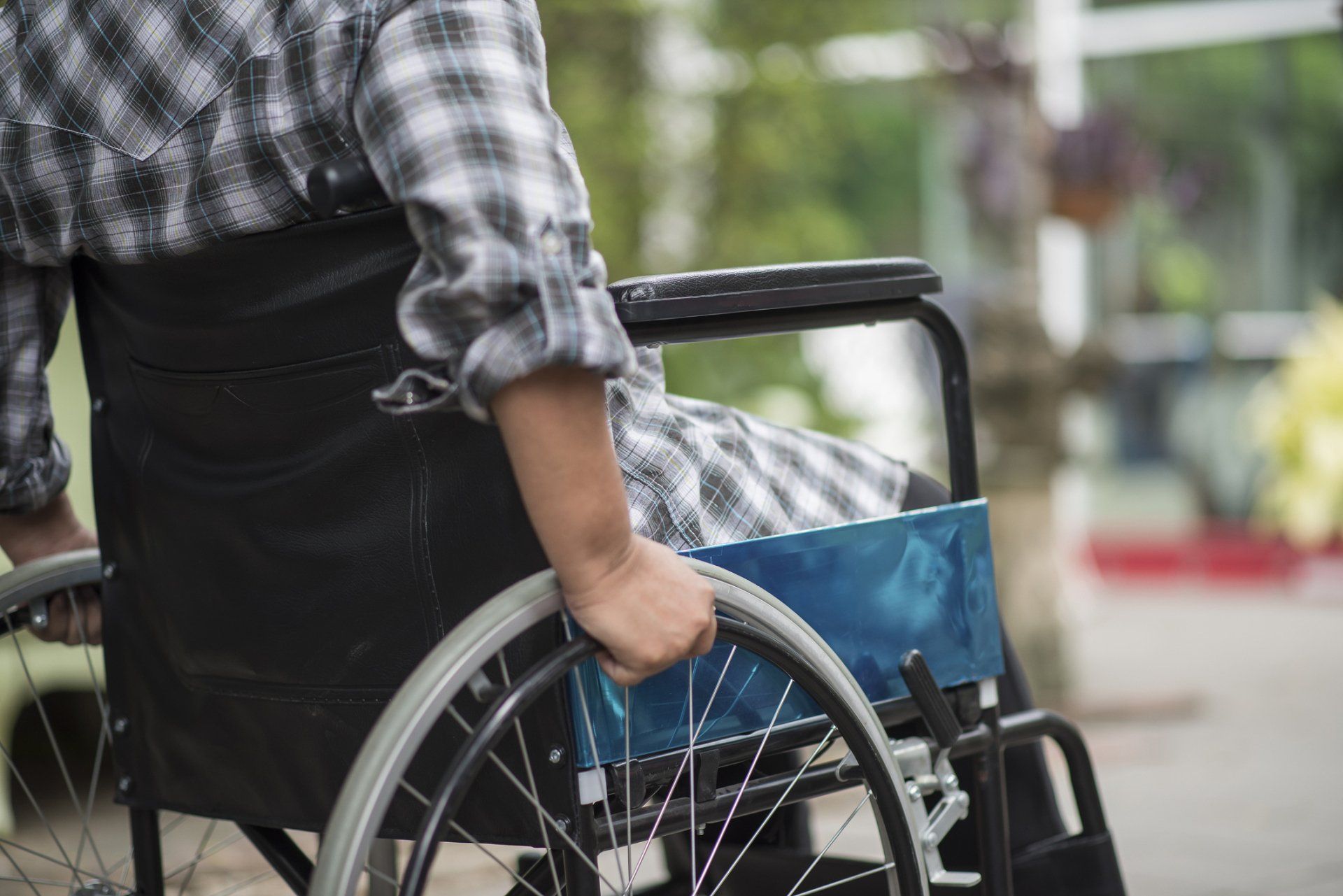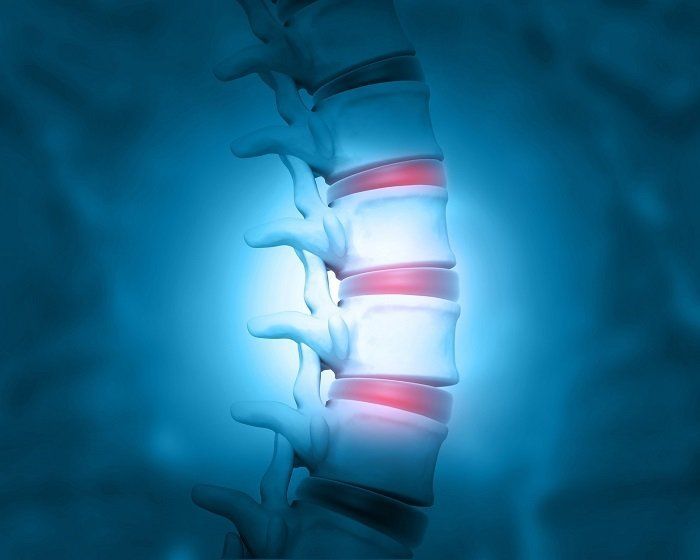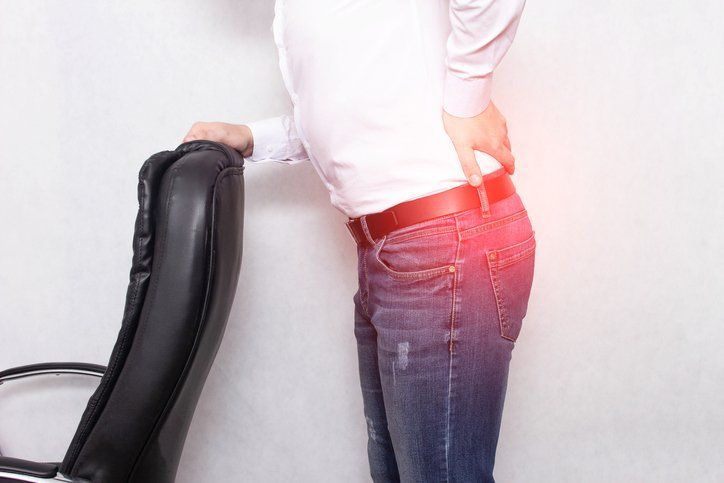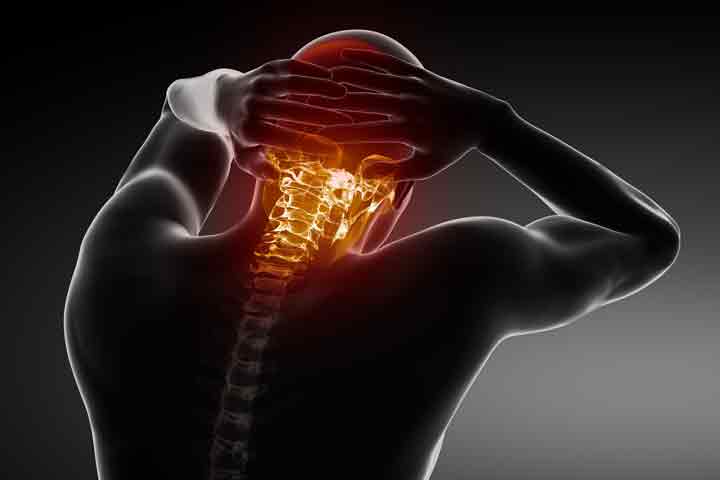Pelvic Congestion Syndrome: A Potentially Debilitating Condition
Pelvic congestion syndrome, also known as pelvic venous insufficiency, affects the veins in the lower pelvis and groin area. The same as varicose veins in the legs, the veins become enlarged, as blood backs up in them. Chronic pelvic pain is one of the numerous symptoms you can suffer. While individuals describe the pain as dull, it typically gets worse when you sit or stand.
Although chronic pelvic pain accounts for 10 to 15 percent of all doctor visits that are gynecological in nature, pelvic congestion syndrome often is overlooked as a cause. Yet the condition is debilitating for some women. Therefore, if you continue to search for relief from pain and other related symptoms, it may help to learn more about this condition, which is common among women.
Array of Symptoms
Along with pain below the belly button, additional symptoms may include lower back pain, aching legs, painful menstrual periods, pain when peeing, and pain during and after sexual intercourse.
Many women with pelvic congestion syndrome have varicose veins on the legs and buttock region or around the vaginal area. Abnormal menstrual bleeding, vaginal swelling, general lethargy, and depression are other symptoms that can occur.
Complicated Diagnosis
Because pelvic congestion syndrome is difficult to diagnose, a doctor usually begins by ruling out other conditions that may be the cause of your symptoms. Fibroids, endometriosis, and uterine prolapse are disorders in women that mimic the same symptoms.
Your doctor may order an ultrasound to detect abnormally swollen veins and assess the blood flow in the pelvic region. Other imaging studies that can lead to a diagnosis include MRI (magnetic resonance imaging), CT scan, or venogram. These tests help identify varicose veins, supporting the notion that venous pressure may be the underlying cause of pain.
Risk Factor Awareness
Due to the structure of their pelvic anatomy, pelvic congestion syndrome is a condition more common in women than in men. Risk factors among women include pregnancy, obesity, constipation, or a sedentary lifestyle. Endogenous estrogen levels are another risk factor.
Common Causes
Changes in the pelvic region during pregnancy can lead to varicosities, which damage the valves that keep blood flowing in a single direction. When the valves malfunction, a backflow of blood in the vein causes it to become engorged. The swollen vein then compresses the nerves around it, causing pain.
Fluid weight gain during pregnancy can also damage vein valves, which allows blood backflow to accumulate in the veins. Aside from the structural changes in the veins that occur when you are pregnant, increased levels of estrogen can contribute to vein problems. High estrogen levels weaken the walls of blood vessels, increasing your risk of developing varicose veins.
Pelvic congestion syndrome can develop following an injury to the pelvis. Physical trauma, such as being hit in the pelvis, suffering a broken pelvic bone, or having surgery to repair a fracture, weakens ligaments and muscle structures, which can affect the veins in the area.
Individualized Treatment
While pelvic congestion syndrome has more than one cause, doctors generally use medications to treat pelvic pain associated with the condition. However, the condition can be hard to treat, as a medication regimen that effectively relieves symptoms for one person may not work for another.
Medications doctors prescribe to treat symptoms of this chronic medical condition include antidepressants, painkillers, and hormone medications. In some cases, especially if symptoms fail to improve, doctors often recommend a minimally-invasive procedure to block off the varicose veins causing the pain.
Vein embolization is an effective treatment option that can improve symptoms. Pelvic vein embolization involves threading a catheter through the neck or groin into the damaged vein in the pelvis. A metal coil is then pushed inside the vein to block it so that blood no longer flows to the vein.
If you are seeking treatment for chronic pelvic pain, contact the physicians of Specialists in Pain Management. We can perform the appropriate procedures to accurately diagnose and treat the cause of your pain.
Licensed | Bonded | Insured
DISCLAIMER: You will receive a call to remind you of your appointment. If you must cancel your appointment, we would appreciate at least 24 hours notice. No-shows may be charged a missed appointment fee of $25. Please bring your insurance card, a picture ID and your current medications to each visit.
CONTACT INFORMATION
Chattanooga Location
Address: 281 N. Lyerly St, Suite 200,
Chattanooga, TN 37404
Fax: 423-698-0511
Ooltewah Location
Address: 4957 Swinyar Drive, Suite 101,
Ooltewah, TN 37363
Fax: 423-362-7778
Phone: 423-698-0850
Cleveland Location
Address: 862 Callen Ln, NW Suite 110
Cleveland, TN 37312
Fax: 423-698-0511
Business Hours:
Chattanooga Location
- Mon - Fri
- -
- Sat - Sun
- Closed
Appointments Available
Ooltewah Location / Cleveland Location
- Mon - Thu
- -
- Fri - Sun
- Closed




CareCredit, Most Major Insurances Accepted
OUR LOCATION
Chattanooga Location
Ooltewah Location
Cleveland Location













